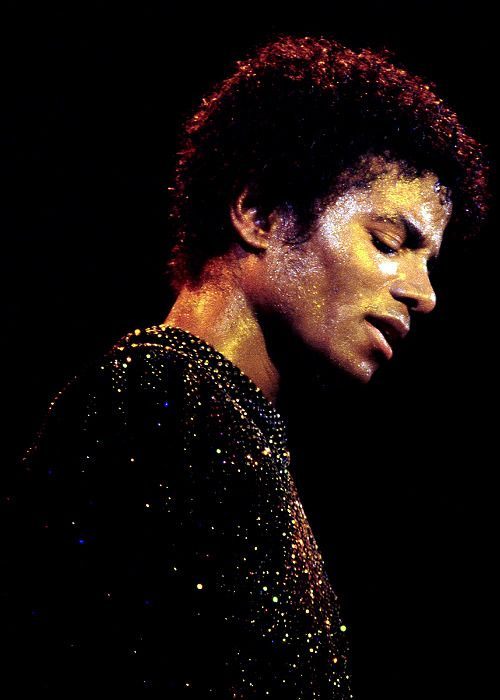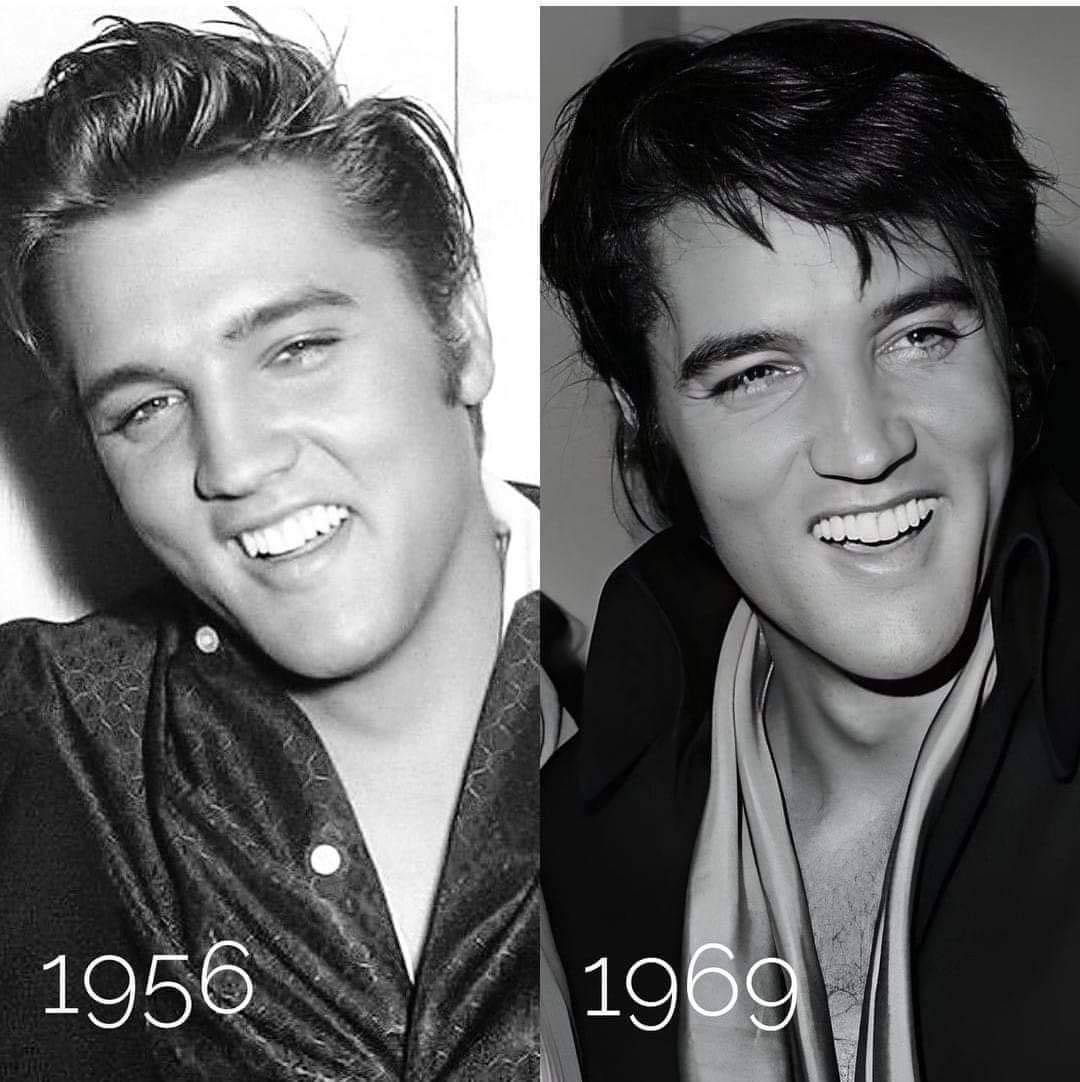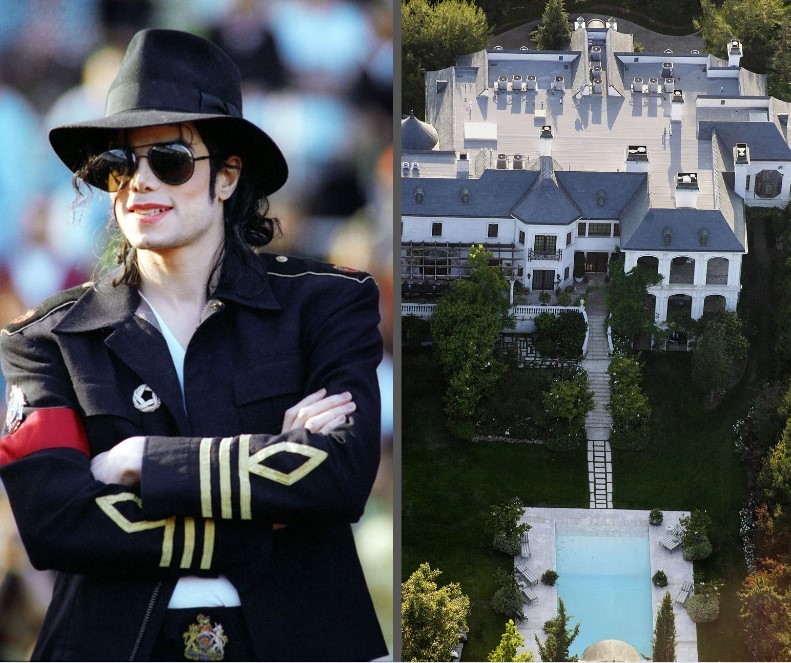Michael Jackson’s music videos are not merely visual representations of his songs; they are cultural phenomena that have left an indelible mark on the landscape of pop culture. Beyond the captivating choreography and unforgettable melodies, the visual magic of Jackson’s music videos is intricately woven into the set design. This article explores how set designers played a pivotal role in crafting the unforgettable backdrops for Michael Jackson’s iconic music videos, and how their work turned each video into a mesmerizing, immersive experience.
The Role of Set Design
Set design, often overshadowed by the more glamorous aspects of film and video production, is an art form in its own right. It goes beyond the mere arrangement of physical elements; it involves creating a coherent and compelling visual narrative that complements and enhances the music and performance. For Michael Jackson, a visionary artist known for his elaborate and imaginative videos, set designers had the formidable task of building environments that resonated with the themes of his songs and the narrative arcs of his videos.
Jackson’s music videos were known for their grandiose and sometimes surreal scenarios, requiring set designs that were not only visually stunning but also integral to the storytelling. The role of the set designer was to create a physical space that would immerse viewers in Jackson’s world, making them feel as though they were stepping into the very heart of the song’s narrative.
Collaboration with Visionaries
The process of set design for Michael Jackson’s music videos was a collaborative effort that involved close interaction between set designers, directors, and other creative professionals. Each video was a collective endeavor, with the set designer working in tandem with Jackson and the director to realize a shared vision. This collaboration was crucial in translating Jackson’s artistic vision into a tangible, immersive environment.
One of the most notable collaborations was with director John Landis on the music video for “Thriller.” Landis’s direction, combined with the set design by Rick Baker, created an atmosphere of suspense and excitement that became synonymous with the video’s legacy. Similarly, Michael Peters, another acclaimed video director, worked closely with set designers to ensure that every visual element aligned with his creative direction. The synergy between these creative minds resulted in music videos that were not only visually spectacular but also deeply resonant with audiences.
Iconic Examples of Set Design
1. “Thriller” (1983)
The music video for “Thriller” is arguably one of the most iconic examples of set design in music video history. Directed by John Landis and featuring set design by Rick Baker, “Thriller” was a groundbreaking project that combined elements of horror and dance to create a unique viewing experience.
The set design for “Thriller” was instrumental in establishing the eerie and suspenseful atmosphere of the video. The video opens with a dimly lit graveyard, complete with fog machines that create an otherworldly haze. This graveyard, with its crumbling tombstones and creeping fog, sets the tone for the video’s horror theme.
The streets where the video’s dance scenes take place are equally memorable. Designed to resemble a haunted urban landscape, these sets are filled with details that enhance the video’s creepy vibe. The use of atmospheric lighting and practical effects, such as the fog machines and artificial cobwebs, played a crucial role in bringing the set to life.
One of the most remarkable aspects of the set design in “Thriller” is the attention to detail. Every element, from the gravestones to the dilapidated buildings, was meticulously crafted to create a believable and immersive environment. The set design not only supported the video’s narrative but also contributed to its iconic status.
2. “Beat It” (1983)
Another memorable set design can be seen in the music video for “Beat It,” which was directed by Bob Giraldi. The video features a dramatic street gang confrontation, and the set design plays a crucial role in establishing the gritty urban environment.
The set for “Beat It” was designed to evoke the feeling of a tense street fight. The location, an abandoned alleyway, was transformed into a battleground with the use of graffiti, chain-link fences, and urban decay. The set design effectively captured the raw energy of the song and the intensity of the dance sequences.
One notable feature of the set design in “Beat It” is the use of contrasting colors and textures. The stark, gritty backdrop of the alleyway contrasts with the vibrant costumes of the dancers, creating a visual dynamic that enhances the video’s impact. This contrast helps to highlight the choreography and adds to the overall intensity of the performance.
3. “Smooth Criminal” (1988)
The music video for “Smooth Criminal” is another prime example of how set design can elevate a music video to iconic status. Directed by Michael Jackson and featuring set design by Jeffery Hornaday, the video is known for its elaborate sets and innovative choreography.
The set for “Smooth Criminal” is a masterclass in creating a visually striking environment. The video is set in a stylized 1930s nightclub, complete with opulent décor and dramatic lighting. The set design captures the glamour and sophistication of the era, while also incorporating modern elements that enhance the video’s visual appeal.
One of the most impressive aspects of the set design in “Smooth Criminal” is the use of practical effects to create the illusion of a tilted stage. This tilt effect, achieved through a combination of set design and choreography, allows Jackson and his dancers to perform gravity-defying moves that are central to the video’s impact. The seamless integration of set design and choreography in “Smooth Criminal” demonstrates the importance of collaboration in creating a visually stunning music video.
4. “Bad” (1987)
In the music video for “Bad,” directed by Steven Spielberg and featuring set design by Michael Peters, the set plays a pivotal role in establishing the video’s urban street atmosphere. The video features a high-energy dance sequence set in a subway station, and the set design is crucial in creating the gritty, urban backdrop.
The subway station set is designed to reflect the harsh realities of city life, with its worn tiles and dim lighting. This setting enhances the intensity of the dance sequences and contributes to the video’s overall impact. The use of practical effects, such as steam and flashing lights, adds to the atmosphere and makes the set feel alive.
The set design in “Bad” also includes a notable use of color and lighting. The cool tones of the subway station are contrasted with the vibrant costumes of the dancers, creating a visually dynamic environment that enhances the energy of the performance. The attention to detail in the set design helps to create a convincing and immersive experience for the viewer.
The Legacy of Set Design in Michael Jackson’s Music Videos
The set designs in Michael Jackson’s music videos have left a lasting legacy in the world of music and video production. The creativity and craftsmanship of the set designers played a crucial role in shaping the visual identity of Jackson’s videos and contributing to their iconic status.
Set design in Jackson’s videos was not just about creating a backdrop for the performance; it was about creating a world that complemented the music and enhanced the storytelling. The meticulous attention to detail, the innovative use of effects, and the collaboration between set designers and other creative professionals all contributed to the success of Jackson’s music videos.
The impact of set design in Michael Jackson’s videos can be seen in the way they continue to influence the industry today. Modern music videos often draw inspiration from the elaborate and imaginative set designs of Jackson’s videos, incorporating similar techniques and aesthetics to create visually compelling experiences.
Conclusion
Michael Jackson’s music videos are celebrated not only for their groundbreaking choreography and unforgettable music but also for their stunning visual aesthetics. Central to this visual impact is set design—a crucial element that transforms each video into a memorable, immersive experience. The role of set design in Jackson’s videos goes beyond mere decoration; it is an integral part of the storytelling process, creating environments that enhance the music and captivate the viewer.
Through collaboration with visionary directors and a keen attention to detail, set designers played an instrumental role in bringing Michael Jackson’s artistic vision to life. The iconic set designs in videos like “Thriller,” “Beat It,” “Smooth Criminal,” and “Bad” have left an indelible mark on the world of music video production and continue to inspire and influence the industry today. The magic of Michael Jackson’s music videos lies not only in the music and choreography but also in the breathtaking set designs that brought his creative vision to life.




